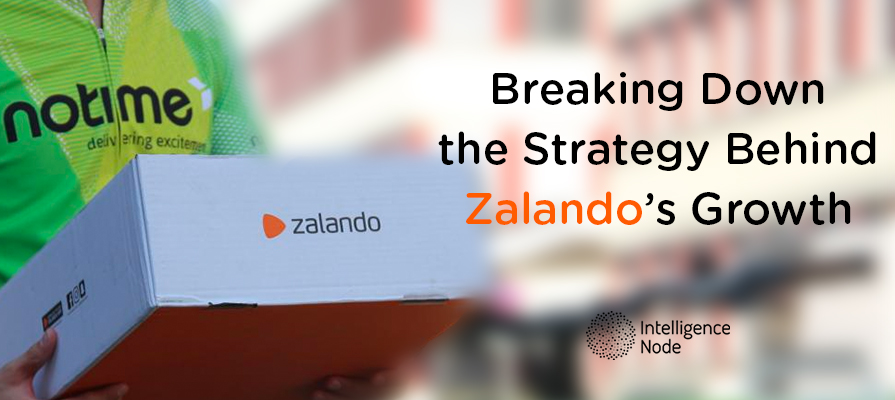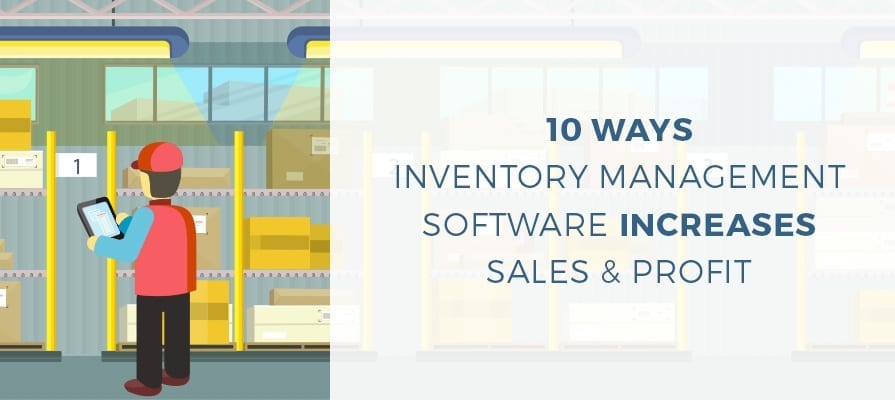In the competitive world of fashion retail, getting ahead of the pack with consistent spikes in revenue is no easy task.
And yet, German-based Zalando has done exactly that with little more than efficient assortment planning and smart pricing tools.
While retail merchandising competitors struggled, Zalando outpaced sales predictions
In the past quarter alone, the online retailer has seen its active user base climb 15% to 28.3 million. Likewise, website visits in that timeframe skyrocketed up to nearly 1 billion.
Its adjusted earnings before interest and tax (EBIT) has surpassed a staggering 100 million euros – 7 million more than start-of-year projections. All the while, European rivals like ASOS and Hugo Boss are only scraping the bottom of their 2019 sales growth goals.
The natural question to ask is: How is this the case? What magic formula does Zalando have up its sleeve?
They’ve satisfied consumers by valuing personalized fashion retail experiences
This may seem like an obvious reality, but few companies are effectively capitalizing on it in practice. That’s why one of Zalando’s greatest strengths is its ability to implement AI advancements into unparalleled customer experiences.
For example, their site includes 3D fitting rooms to help buyers examine their potential purchases for fit. And if an extra opinion is needed, Zalando’s algorithms provide custom outfit suggestions for each visitor.
Director of Engineering Stacia Carr herself emphasizes the importance of using their “vast amounts of data and technologies such as machine learning to show that they know the customer better than anyone else.“
Another key factor: Committing to sustainable, efficient assortments
At Zalando, sustainability manifests itself in a number of forms beneficial to buyers and sellers, as well as the eCommerce and physical environments they inhabit.
One strategy born from increasing consumer demand has been expanding their collection to encompass more eco-friendly brands. They even go the extra mile by adding helpful website tags to mark exactly which choices are manufactured with sustainable materials. Directly appeasing users’ requests here only further solidifies Zalando’s value perception, brand loyalty, and ultimately, sales potential.
Furthermore, they’ve pledged to both get rid of plastic bags in favor of recyclable paper ones and to minimize overall waste. The latter they plan to achieve by actually assembling clothing articles on demand. This means curbing the excess effort and supplies so often spent on mass production.
All in all, Zalando’s fashion retail approach is multifaceted and data-driven
Beyond trend-forward initiatives like personalization and sustainability, Zalando has a deep bag of carefully thought-out sales tactics across the board.
Take, for instance, their effort to mitigate decreasing shopping cart sizes with minimum order values and expanded item selections.
Or how about its partner program aimed at appealing to wider audiences? The program allows third-party online sellers to use the unique Zalando marketplace as a sales channel with the caveat of a more rigorous validation process than seen on Amazon or eBay.
Along with its high percentage of discounted offers (62%), the consistently highest number of in-stock goods, and industry-leading selection of unique products (24%), these measures work together to simultaneously boost customer experience and revenue.
Small brands and competitors – take heed of these intelligent solutions
Retail merchandising sales growth isn’t a game of luck. It’s a step-by-step undertaking that must consider systems optimal for the retailer, consumer, and commerce environment alike.
No need to take our word for it – Zalando’s all-encompassing methodology speaks volumes. It even earned them a 12% rise in company shares last quarter.
Failing to adapt to the times with solutions founded in machine learning and data analytics is simply negligence. You can’t expect last year’s or even last month’s strategies to work; rather, you need an ever-evolving strategy that accounts for the fluctuating state of the market.
At Zalando, that currently entails a prime focus on customization and sustainability. In 2020, they could very well shift elsewhere. But regardless of what the specific strategies are, you can bet they’ll be proceeding with the most advanced pricing tools and resources at their disposal.
Duplicate Zalando’s growth with your own competitive benchmarking and price intelligence
At IntelligenceNode, you’ll find AI-generated dashboards specifically constructed to enable more informed business decisions.
Want to keep tabs on your fashion retail competition? Choose competitive benchmarking dashboards will do the work for you with its intelligent product matching software. Or you can turn to our API to analyze pricing histories, insights, and reports in real-time.
Our capabilities further extend to dynamic pricing within your distinct market. That could take the form of recommendations regarding pricing level changes to maximize profitability or timely suggestions for particular item discounts.
These are the types of cutting edge, data-fueled price intelligence tools companies like Zalando are using to lead the charge in retail merchandising. And if you follow suit, they could be the difference makers in helping you rapidly compete across global markets.
If you found this useful and you’d like to learn how to improve your merchandising, promotions, and prices with the help of AI and assortment intelligence. we invite you to download our free Create Irresistible Online Assortments in the Age of AI ebook. Click below to take advantage of this opportunity.





